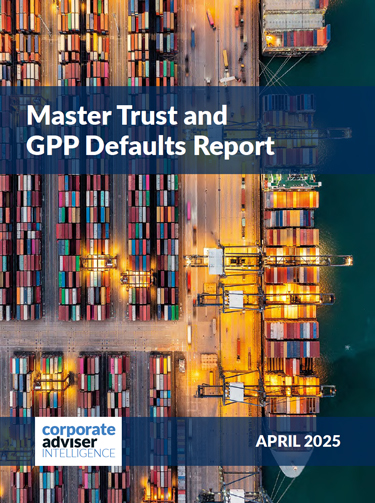The Pensions Regulator (TPR) has published updated covenant guidance for defined benefit trustees, that is aligned with its new funding code.
This update provides greater certainty over how TPR expects trustees to assess their employer covenant, which the regulator says will embeds good practice and encourage consistency across schemes.
TPR’s executive director of market oversight, Neil Bull says: “Today’s publication is the last piece of the jigsaw to help schemes carry out valuations under the new DB funding code. For the first time, employer covenant is defined in regulation.
“It’s vitally important that schemes understand that the risk taken on the journey plan to their low dependency target in their funding and investment strategy is supportable by the employer.
“For many, this will bake in best practice, but we expect all trustees to read applicable sections of the guidance in full and make sure their members are protected.”
All core sections of the revised guidance contain important new elements looking at: cash flow, reasonable affordability, maximum affordable contributions, reliability period, covenant longevity and contingent assets.
The areas of covenant assessment that require the highest level of judgement from trustees now include several worked examples. On contingent assets, there is a focus on how trustees can ensure the support needed for the scheme is provided when required.
TPR added that it expects trustees to use this guidance to review whether their existing covenant analysis is focused in the right areas and remains proportionate, especially if they have experienced a significant change in their scheme funding position in recent years.
This update was welcomed by many in the industry. XPS Group partner and head of covenant Arabella Slinger says: “The guidance will allow trustees and sponsors to push forward with long-term strategic planning. For some schemes, today’s news will represent ‘business as usual’, but others will need to adapt their approaches, with sponsors likely to need to provide more information to trustees to support their assessments.
“We believe that all schemes will find it helpful now to assess how their covenant fits into the new requirements, before they get too far down the track of setting strategy under the new rules, and then having to turn back.”
PwC pensions employer covenant & restructuring partner Katie Lightstone, adds: “The new DB covenant guidance provides trustees and sponsors with the final missing ingredient to enable them to fully understand the impact of the new DB funding regime on their scheme.
“An area of particular interest is how the guidance addresses various non-standard guarantees, many of which have been hard-won by trustees. The guidance requires trustees to have ‘reasonable certainty’ over the value of a guarantee, particularly when it is not a ‘look-through’/full solvency guarantee. This requirement is likely to increase the burden on schemes to carefully evaluate and justify the value attributed to such guarantees.”
She adds: “We expect the new covenant approach to spark deeper conversations between sponsors and schemes. Sponsors will need clarity on key covenant metrics to inform their own position in funding discussions, and we anticipate more sponsors may set out their own conclusions for trustees to ‘diligence’.”





